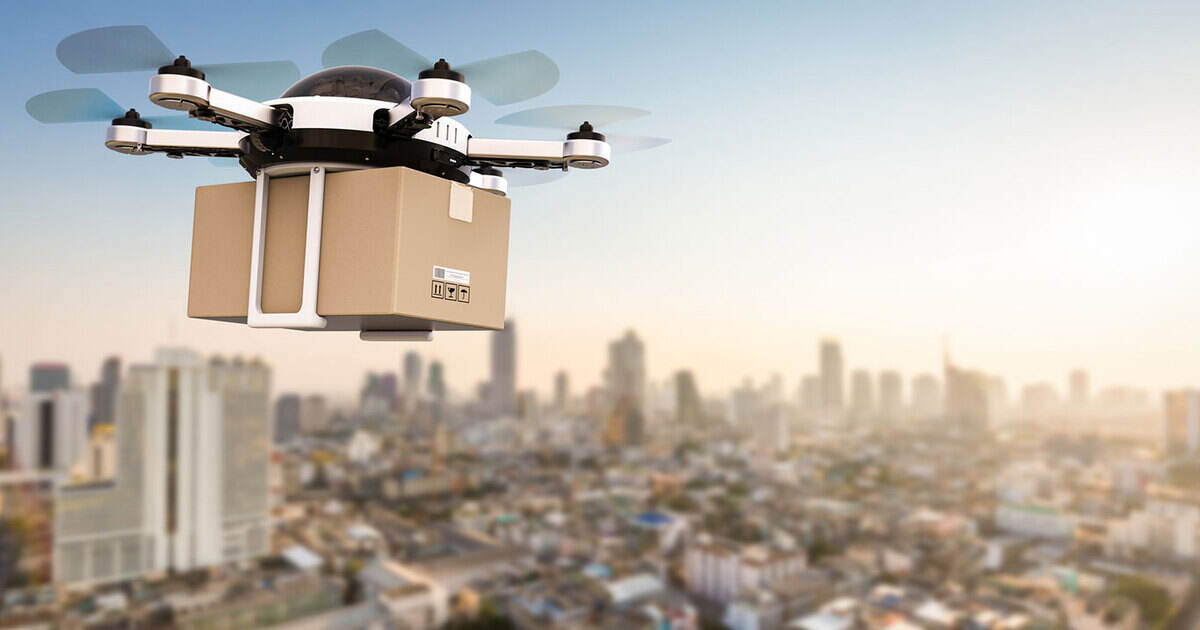Some Future Directions in Goods Transport Industry

Transport is an important industrial sector of the economy dealing with the movement of people and goods. These include airlines, rail, freight, trucking and logistics companies that provide transportation infrastructure. Goods transportation is an important part of any country’s economy.
The key to success in the transport industry is to provide the most cost-effective, flexible and efficient service. As such, Goods Transport Companies need to keep an eye on the latest transportation trends and pursue strategies that will allow them to beat other players in the delivery market. Let us learn about some advancements in the Goods Transport industry.
Adoption of cloud-based systems in goods transportation
One of the biggest trends in the transportation industry is the adoption of cloud-based systems. This is because cloud-based platforms enforce a software-as-a-service (SaaS) model that offers endless opportunities for enterprise scalability and innovative use of digital resources. This allows you to achieve higher profitability and exceed the typical efficiency of local system functions. SaaS delivers efficiencies and cost savings across all business functions, including sales, marketing, finance, and legal.
Frictionless and Integrated travel
The need to make travel seamless and hassle-free is largely illustrated by the advent of Mobility as a Service (MaaS).
However, a number of major trends in the Goods Transport industry have combined with the goal of minimizing stops and checkpoints, leading to this major shift to integrated travel and transportation. It improves infrastructure, establishes multimodal transport mobility hubs and builds ticket less travel platforms. , and introducing innovations in micro mobility and last-mile delivery.
GPS visibility and anti-theft
Today, Transportation, Freight Forwarding, Retail and E-commerce and logistics companies are looking for ways to improve visibility. As such, the application of tracking and matchmaking technology to improve traceability is one of the major driving trends in the Goods Transport industry this year. For example, anti-theft GPS is a way to receive the real-time location of the entire vehicle and individual items during transportation. Additional security protocols can also help prevent a complete loss.
Self-driving truck
The use of technology in self-driving trucks is still evolving and there are some hurdles to overcome, such as improving self-driving software to efficiently navigate busy urban roads. However, this is one of the future directions in transportation of goods. In the long run, transportation companies should equip their trucks with automated navigation management systems that can “learn” from real drivers to prepare for upcoming technology changes in transportation.
Artificial intelligence (AI) and a large number of sensors enabled vehicles to correctly assess road conditions and learn from the behavior of truck drivers in “unusual” road conditions. With vehicle-to-vehicle communication, trucks can share the information obtained to make other vehicles smarter. In addition, the adoption of autonomous fleets will increase due to the widespread deployment of 5G technology. In the long run, these vehicles could be better drivers than human drivers.
Regulation control
Rather than being one of the latest trends in Goods Transport, it would be more accurate to say that regulatory compliance is a must. Commercial and public airlines must stay abreast of recent requirements and regulations that have been passed, amended or removed by local, state or federal governments. Timely control rules are always prevalent, whether they be regulations on electronic logbooks, overtime or safety regulations.
Delivery using Drones
Some companies are already using drones to deliver parcels to citizens and businesses, while both retailers and shipping companies are increasingly focusing on last-mile deliveries. At the end of 2016, Amazon used drones for the first time to deliver orders to customers. Delivery in the UK was made under Prime Air, Amazon’s new programme. It means customers can receive their parcels within 30 minutes. Following Amazon’s success, many companies have started investing in drone delivery to improve their business cost-effectiveness and customer experience.
During COVID-19, contactless address delivery has become the most popular and required of all directions in today’s Goods Transportation industry. This has led to more businesses resorting to and using this delivery option.
Use of blockchain in logistics
Blockchain is a breakthrough technology trend in distribution and transportation, mobility education and beyond. A promising use case for blockchain technology in the trucking direction is ensuring the accuracy of historical performance records. On the second sale of the truck, potential customers can ask how the vehicle will be used. Blockchain transactions are immutable and transparent, so all parties involved in the transaction can rest assured that information about their paths is reliable.